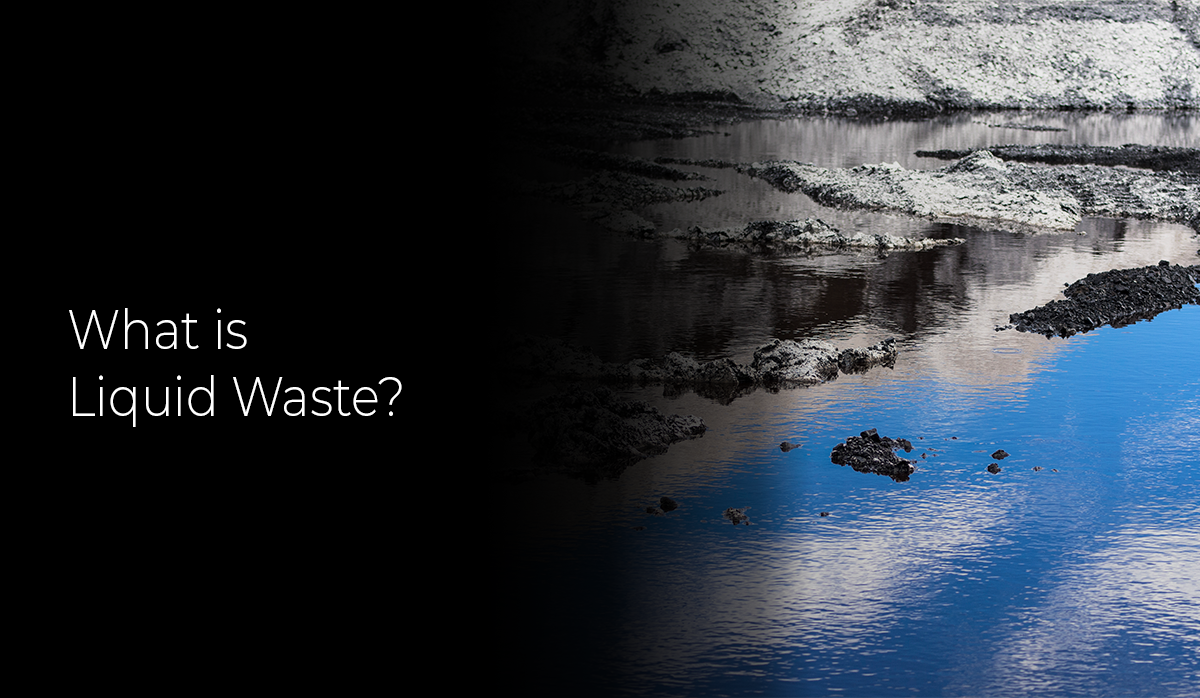The Ultimate Guide To Reclaim Waste
The Ultimate Guide To Reclaim Waste
Blog Article
The Greatest Guide To Reclaim Waste
Table of ContentsThe Of Reclaim WasteThe smart Trick of Reclaim Waste That Nobody is Talking AboutThe Ultimate Guide To Reclaim WasteExcitement About Reclaim WasteExcitement About Reclaim Waste
Domestic sewage waste refers to the waste and items from a residential septic tank. The correct management and disposal of residential sewer waste call for liquid waste to be transferred to a sewage treatment plant where the correct techniques and tools are used to purify and dispose of waste.
Business waste typically consists of possible hazards, such as combustible products or a mixture of liquid and solid waste items, and needs an extra innovative and detailed disposal procedure. The disposal of business waste typically includes the filtering of waste before transport to make sure risk-free and proper disposal. Hazardous waste is produced from by-products and drainage of commercial procedures and manufacturing.
This sort of waste can not utilize the very same sewage management transport or procedures as septic or business fluids. The industrial waste management procedure needs the evaluation and testing of fluid waste prior to it goes through the disposal process (liquid waste removal). Runoff waste is the fluid waste that originates from drainage and excess stormwater in highly populated areas or cities
Overflow waste can cause contamination and flooding if not managed appropriately. Making certain appropriate waste monitoring can stop calamities and reduce environmental harm.
Facts About Reclaim Waste Revealed
Get in touch with PROS Providers today to learn more about our waste monitoring and disposal services and the correct methods to look after the fluid waste you create.
(https://www.kickstarter.com/profile/reclaimwaste1/about)This so-called 'wastewater' is not only a vital source yet, after treatment, will certainly be released to our land, waterways or the ocean. Used water from toilets, showers, baths, kitchen sinks, washings and industrial processes is understood as wastewater.

water utilized to cool machinery or clean plant and equipment). Stormwater, a form of wastewater, is drainage that flows from farming and metropolitan areas such as roofs, parks, yards, roads, paths and seamless gutters right into stormwater drains, after rainfall. Stormwater moves untreated straight to regional creeks or rivers, eventually getting to the sea.
More About Reclaim Waste
In Queensland, the majority of wastewater is treated at sewage treatment plants. Wastewater is carried from residential or industrial websites via a system of drains and pump stations, referred to as sewerage reticulation, to a sewer therapy plant. City governments construct, keep and operate most sewage treatment plants. Operators are certified under the Environmental Management Act 1994 to release treated wastewater at an acceptable environmental criterion into waterways.
The Department of Natural Resources suggests local federal governments concerning managing, operating and preserving sewerage systems and treatment plants. In unsewered areas, neighborhood governments may require homeowners to install specific or house sewage therapy systems to deal with residential wastewater from toilets, kitchens, washrooms and washings. The Division of Natural Resources authorizes using family systems when they are confirmed to be effective.
Many stormwater obtains no therapy. In some new neighborhoods, treatment of some stormwater to get rid of trash, sand and crushed rock has actually started using gross contaminant catches. Wastewater therapy takes place in four phases: Gets rid of solid issue. Larger solids, such as plastics and various other things wrongly discharged to drains, are removed when wastewater is passed via screens.
Wastewater then moves right into big containers where solids settle and are eliminated as sludge. Oil and scum are skimmed from the surface area. Uses tiny living organisms recognizes as micro-organisms to break down and remove staying dissolved wastes and great fragments. Micro-organisms and wastes are integrated in the have a peek here sludge. Removes nitrogen and phosphorus nutrients that might create algal blooms in our waterways and endanger marine life.
Some Ideas on Reclaim Waste You Need To Know
Nutrient elimination is not offered at all sewage therapy plants due to the fact that it calls for costly specialist devices. Clear fluid effluent created after therapy might still contain disease-causing micro-organisms - liquid waste disposal melbourne.

This generally indicates wastewater has actually to be treated or impurities removed prior to it can be discharged to waterways. Many wastewater flows into the sewerage system. Under the Act, city governments provide authorizations and licences for eco appropriate activities (Ages) including wastewater launches that might have a local influence. The department administers approvals and licences to Ages including wastewater releases that may have a regional or statewide effect.
Not known Facts About Reclaim Waste
Otherwise, samples are taken for lab analysis. Frequently several tests are required to establish the levels of each of the different contaminants such as oils, heavy metals and chemicals in water. Monitoring supplies factual details regarding water top quality and can verify that licence problems are being met. The information gotten with tracking supplies the basis for making water high quality decisions.
Report this page